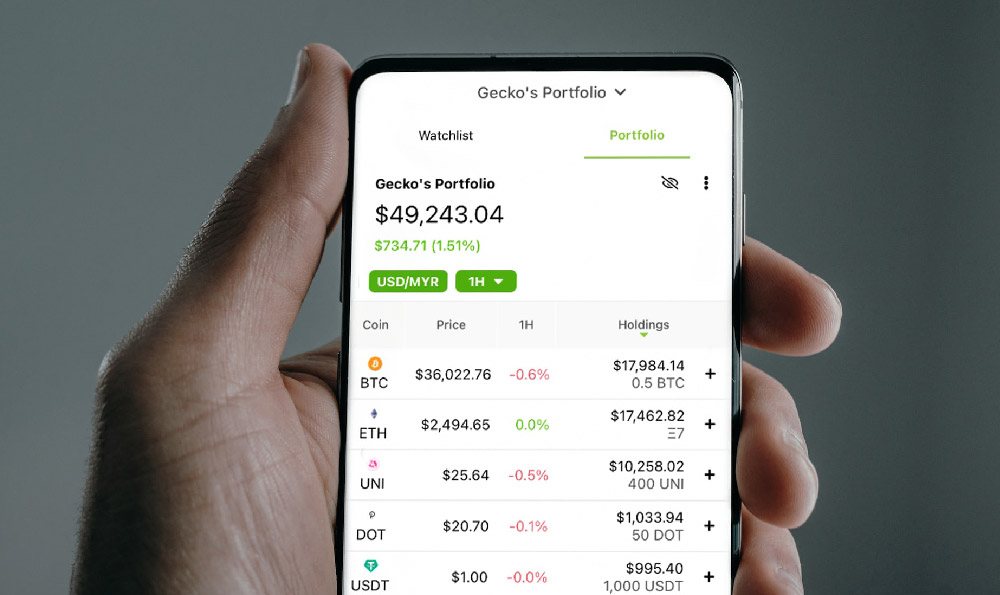Okay, I'm ready. Here's an article addressing the question "How much can I earn on YouTube, and is it worth it?"
The allure of YouTube as a potential income stream is undeniable. Dreams of viral videos, millions of subscribers, and financial freedom often fuel the ambitions of aspiring content creators. However, the reality of earning a substantial income on YouTube is often far more complex and nuanced than those initial fantasies suggest. Understanding the various factors that influence YouTube earnings and weighing them against the significant time and effort required is crucial before diving headfirst into the world of online video.
The amount you can earn on YouTube is highly variable and dependent on a multitude of factors. One of the primary determinants is the advertising revenue generated through the YouTube Partner Program (YPP). To be eligible for the YPP, you must have at least 1,000 subscribers and 4,000 valid watch hours within the past 12 months. Once accepted, you can monetize your videos by displaying ads. The revenue you earn from these ads is typically calculated using CPM (Cost Per Mille), which represents the amount advertisers pay for 1,000 ad impressions, and RPM (Revenue Per Mille), which is the revenue you actually receive for every 1,000 views after YouTube takes its cut.

CPM and RPM rates fluctuate considerably based on several factors. The niche or topic of your channel plays a significant role. Certain niches, such as finance, technology, and health, tend to attract higher CPMs because advertisers are willing to pay more to reach audiences interested in these topics. Conversely, niches like gaming or entertainment may have lower CPMs due to lower advertiser demand. The geographic location of your audience also impacts ad rates. Views from countries with strong economies, such as the United States, Canada, and the United Kingdom, generally command higher CPMs than views from countries with lower purchasing power. The time of year also matters; advertising spending typically increases during the holiday season, leading to higher CPMs for creators.
While ad revenue is a common income source, it is often not the most lucrative, especially for smaller channels. Relying solely on ad revenue to generate a significant income requires a substantial number of views, which can be challenging to achieve consistently. Furthermore, ad rates are subject to change based on market conditions and YouTube's evolving advertising policies. Therefore, diversifying your income streams is essential for sustainable success on YouTube.
Beyond ad revenue, several alternative monetization methods can significantly boost your earnings. Sponsorships and brand deals involve partnering with companies to promote their products or services in your videos. These deals can be highly lucrative, but they require a strong brand reputation and an engaged audience. Affiliate marketing involves promoting products and earning a commission for each sale made through your unique affiliate links. This method can be particularly effective if you review or recommend products that align with your channel's content. Selling merchandise, such as t-shirts, mugs, or other branded items, can be another valuable income stream, especially for channels with a loyal fan base. Creating and selling online courses or digital products related to your niche can also generate substantial revenue, provided you possess expertise and can deliver valuable content.
The time commitment required to succeed on YouTube is often underestimated. Creating high-quality videos involves planning, filming, editing, and promoting your content. Building a loyal audience takes time, consistency, and engagement. You need to consistently upload new videos, interact with your viewers in the comments section, and promote your channel on other social media platforms. Analyzing your channel's analytics to understand what works and what doesn't is also crucial for optimizing your content strategy. Furthermore, staying up-to-date with YouTube's ever-changing algorithms and policies requires continuous learning and adaptation. Many successful YouTubers treat their channels as full-time businesses, dedicating significant time and effort to their content creation.
So, is it worth it? The answer depends entirely on your individual goals, expectations, and commitment level. If you are looking to get rich quickly, YouTube is unlikely to be the path for you. Building a successful YouTube channel takes time, effort, and dedication. However, if you are passionate about creating content, enjoy engaging with an audience, and are willing to put in the work, YouTube can be a rewarding and potentially lucrative endeavor. It's essential to approach YouTube with a realistic mindset, focusing on creating valuable content, building a loyal audience, and diversifying your income streams. While financial success is never guaranteed, a strategic and persistent approach can significantly increase your chances of achieving your goals and making YouTube a worthwhile investment of your time and effort. Think of it as building a small business; some small businesses thrive, some fade, and some never get off the ground. It requires a business plan, a target market, and consistent effort.












